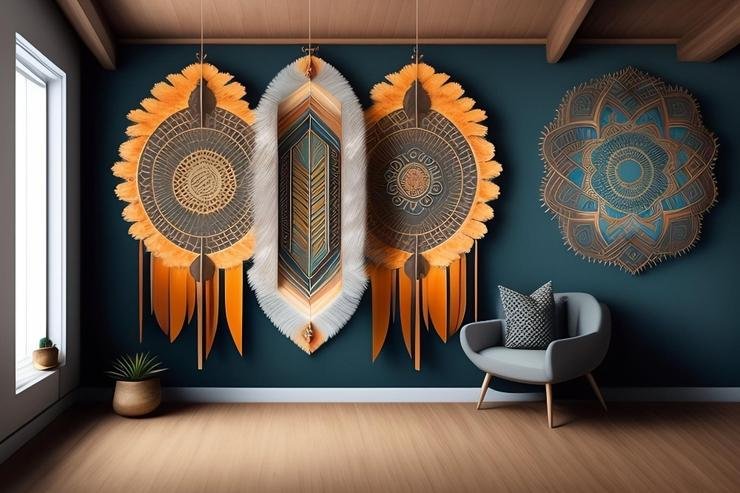What Are The Factors That Influence Interior Designers?
Interior design is an art form constantly evolving, influenced by various factors such as personal style, cultural heritage, and global trends. Designers draw on their experiences, education, and inspirations when describing their work to create a unique vision for each project. In this article, we will explore how designers describe their work on interior design and the various influences that inform their process.
Personal Style
A designer's personal style is the foundation of their work. It reflects their aesthetic preferences, design sensibilities, and creative instincts. Many factors, such as education, upbringing, and life experiences, can influence personal style. For instance, a designer who studied art may incorporate bold colors and avant-garde forms into their work, while a designer who grew up in a minimalist home may favor a more restrained approach. Personal style is essential in creating a cohesive and recognizable body of work.
Cultural Heritage
Cultural heritage plays a significant role in shaping a designer's work. It encompasses a range of factors, such as traditions, customs, history, and art. A designer from a particular cultural background may incorporate elements of that culture into their work, such as colors, materials, and patterns. For example, a designer with African roots may use vibrant textiles, woven baskets, and wooden carvings. Cultural heritage can add depth and richness to a designer's work and create a sense of connection and identity.
Global Trends
Global trends in interior design are constantly evolving, influenced by changes in technology, social values, and environmental concerns. A designer who stays current with these trends can incorporate them into their work and create contemporary and relevant spaces. For example, recent trends such as sustainable materials, biophilic design, and modular furniture have all influenced the world of interior design. Designers familiar with these trends can incorporate them into their work and create beautiful but also functional and eco-friendly spaces.
Nature And The Environment
Nature and the environment are significant sources of inspiration for designers. The natural world provides an endless source of textures, colors, and patterns to incorporate into interior design. Biophilic design, which emphasizes the connection between humans and nature, is a growing trend in the industry. It uses natural materials like wood, stone, and plants to create a sense of calm and tranquility in indoor spaces. Designers can create more inviting and harmonious spaces by bringing the outside in.
Architectural History
Architecture is another significant influence on interior design. A designer with a background in architecture may incorporate elements of the building's structure and style. For example, a designer who works on a project in a mid-century modern building may incorporate clean lines, minimalist forms, and organic shapes into their design. By considering the building's architecture, designers can create spaces that feel cohesive and integrated with the surrounding environment.
Client Needs
Ultimately, a designer's work is driven by their client's needs and desires. A designer will work closely with their client to understand their vision for the space and create a design that meets their needs. A designer may draw inspiration from their client's style, cultural heritage, and other influences to create a design that feels personal and unique. By putting their client's needs first, designers can create spaces that are not only beautiful but also functional and practical.
Conclusion
In summary, a designer's work on interior design is influenced by a range of factors, including personal style, cultural heritage, global trends, nature, the environment, architectural history, and client needs. By drawing on these influences, designers can create aesthetically pleasing and functional spaces. Whether using sustainable materials, incorporating biophilic design, or considering the building's architecture, designers have various tools and techniques to create spaces that feel personal, unique, and inviting.
















